Format is an important composition technique that we have to take into account in practically every photo. Nowadays photography is mostly depicted in a rectangular frame in two dimensions: height and width. The proportion of these two dimensions delineates the format for us. And the decision about this proportion is important.
It’s common to choose the format at the time of shooting the photograph, but later in the lab, the format can be changed by cropping, oftentimes because you discover a photo within a photo; however, it has the inconvenience of not allowing us as much of a margin.
Also, many times we are obliged to choose a format because the photograph will be displayed in a medium that constrains it, and this has to be taken under consideration.
Let’s look at the different formats.
Horizontal Format
This is the most natural format. The width of the photo is greater than the height. It better expresses the usual way in which our eyes view the world: from one side to the other. It relaxes us and is often used for landscapes or subjects that are in large spaces, locating the subject in a concrete place and time.
It is often used in panoramic photography as well as digital media since monitors are usually horizontal.
I especially like the horizontal format with a 16:9 proportion. It reminds me of the format of films and makes photographs very dynamic.
Vertical Format
On the other hand, vertical format, where the height is greater than the width, is more aggressive and emphatic. Our natural horizontal vision is obstructed and it obliges us to scan the photo from top to bottom (or vice versa), which demands special attention. Often used in portraits, it allows us to analyze all of the features of the face, and can also be used to highlight the scale of an object with respect to its surroundings. For example, a waterfall in the vertical format can allow us to appreciate the magnitude of the falling water against the wall of rock.
It is used a lot in publications and magazines, which continue to support a vertical format.
Square Format
This was introduced to photography thanks to the appearance of cameras that function with a square format. And although the final product doesn’t have to come out as a strictly square photograph (it can be cropped later on in the lab), it encourages the use of this format. Square format has a very subjective and surreal tone that reinforces the language of photography. From my point of view, it allows you to more easily use symmetrical compositions than in other formats, as well as abstract motifs.
Example 1 Horizontal Format
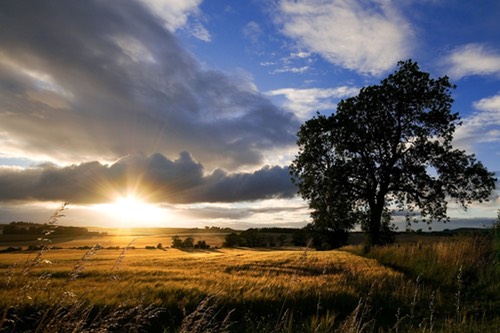
"Això és Escòcia", Kelso (2007)
The photograph “Això és Escòcia” (“This is Scotland”) is a classic example of horizontal format in a landscape. It relaxes us and we have a natural view of this Scottish wheat field and oak tree on a lovely afternoon.
Example 2 Horizontal Format
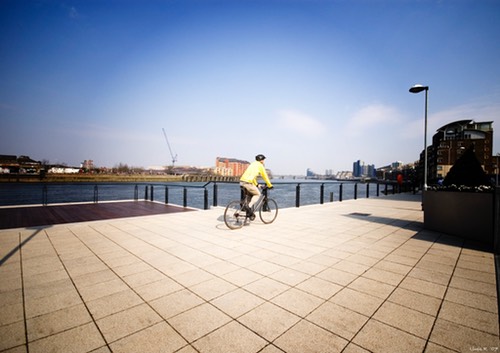
"Bicicleta", Londres (2007)
Another example of horizontal format using a wide-angle lens. This photograph was taken by the River Thames where it passes through London. We have an urban cyclist taking a ride through a housing development area next to the river on a sunny day. Horizontal format, in this case, enables the subject, the cyclist, to be situated within the scene.
Example 3 Horizontal Format
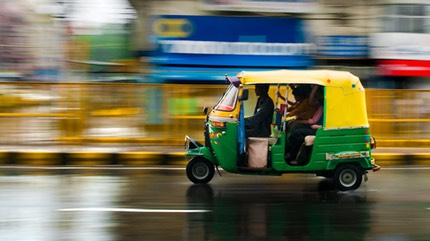
"Els colors de Rickshaws sota la pluja", Nova Delhi (2009)
Lastly, an example of horizontal format with 16:9 proportions. The photo “Els colors de Rickshaws sota la pluja” (“The colors of rickshaws in the rain”) was shot in New Delhi on a day of heavy rain. Doesn’t it give you the impression of being a still from a film?
Example 1 Vertical Format

"Falles", València (2007)
This photograph of a woman participating in the Valencian Fallas festival allows us to see the practical use of vertical format for a portrait. In this case vertical format forces us to concentrate on the theme, adapting to the proportions of the human body. Our eye will focus on and observe the woman from top to bottom, or vice versa, looking at all the details of this beautiful woman.
Example 2 Vertical Format
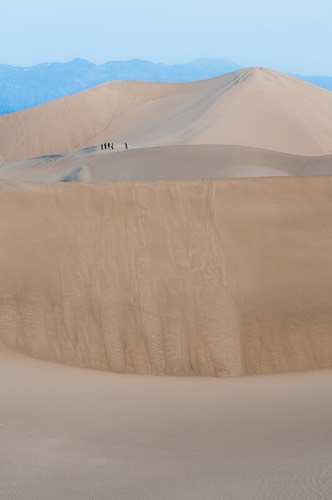
"Tsunami", Death Valley (2010)
Another interesting use of vertical format can be to draw attention to the proportions of the subject. In this photo, shot in the desert in Death Valley, you can observe the height of the sand dunes thanks to the little silhouettes of the people on top of them. The vertical format accentuates this fact because it forces us to run our eyes along the length of the dune.
Example 3 Vertical Format
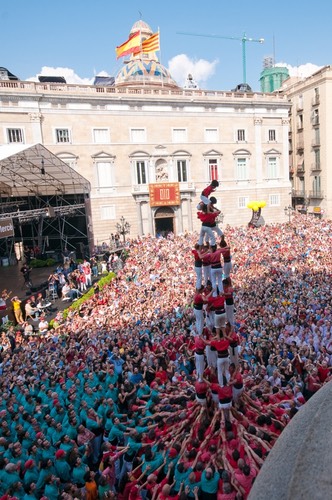
"Jornada Castellera", Barcelona (2009)
In the case of this photograph taken during the Mercé festival in 2009, the vertical format helps us to “understand” the human castle for the vertical structure that it is.
Example 1 Square Format

"Llum", Barcelona (2008)
The photograph “Llum” (“Light”) is of a strange lamp that emerges from the darkness. I don’t personally use square format very often, but in cases where abstract shapes take on a lot of importance or where the most important theme is the beauty itself of an object, the square format helps us escape from reality, making us forget that we’re looking at a photograph. It focuses us on the shape and the beauty of what is before our eyes.
